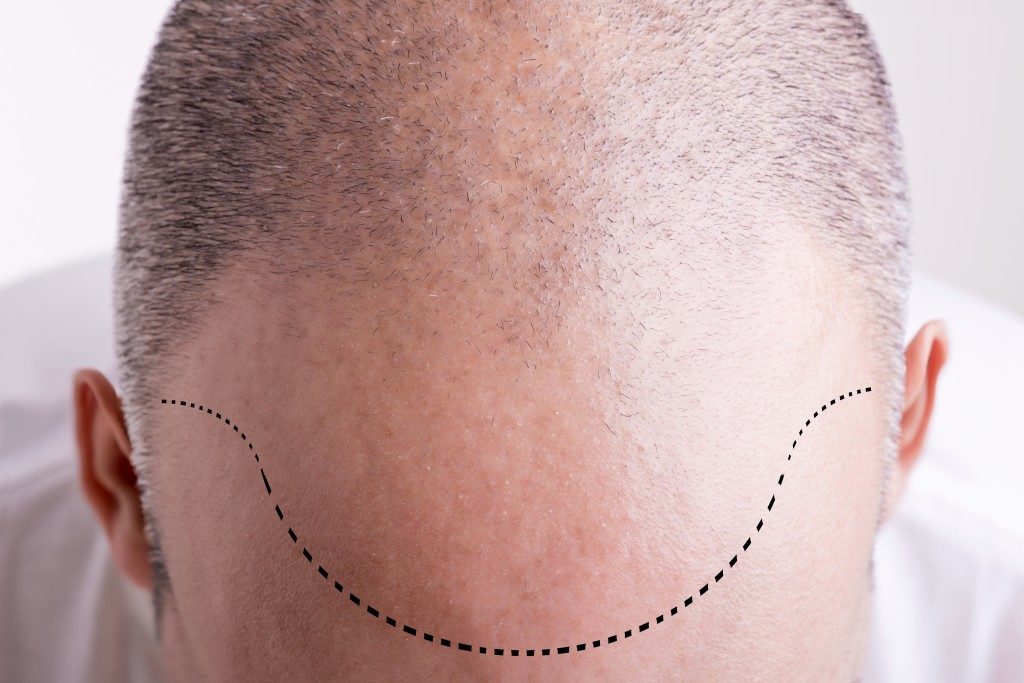Your smile is one of the first things people notice when they meet you. Not only does it reflect your personality, but it also conveys a strong message about your self-confidence. Unfortunately, there are many reasons someone’s smile might become less confident over time, including teeth discoloration, crookedness or gap, uneven or chipped teeth, and even gum recession. While there are many options to help restore your smile’s lost confidence, they can be pretty costly. This article will discuss ways to bring back confidence in your smile without breaking the bank.
1. Whitening Teeth
Whitening is one of the most popular cosmetic dental procedures because it offers a fast and easy way to improve your teeth’s appearance dramatically. It targets and removes deep-seated stains from the tooth structure using laser technology or bleaching agents such as hydrogen peroxide or carbamide peroxide. Several whitening products are available, ranging from over-the-counter strips to in-office treatments.
It is important to note that whitening is not a permanent solution and will require regular maintenance to maintain your results. Additionally, it is only effective on natural teeth and does not work on dental restorations such as veneers or crowns. Before investing in any whitening product, you should consult your dentist to assess which treatment would be best for your specific situation.
When using at-home whitening products, follow the directions carefully and avoid overuse, which can lead to tooth sensitivity or gum irritation. If you are looking for professional results, an in-office laser treatment may be more suitable. This advanced technology uses laser light activated by a whitening gel to break down deep-seated stains and discoloration quickly. In-office treatments typically provide the best, brightest results in the shortest time.
2. Straighten
If you are dealing with crooked or misaligned teeth, correcting this issue can be a great way to bring back confidence in your smile. Fortunately, several non-invasive methods available today allow you to straighten your teeth without wearing traditional braces for an extended period. For example, clear aligners and porcelain veneers are both options that can help give you a straighter and more confident smile quickly and easily.
No matter which method you choose, the goal is to make sure that your teeth are correctly aligned in a way that looks natural. To achieve this, you must speak with an experienced orthodontist who can assess your needs and determine the best solution. Clear aligners are especially popular since they are made of clear plastic and are virtually invisible, making them an excellent choice for those who don’t want their orthodontic treatment to be overly noticeable.
Porcelain veneers are another great option since they can give you a more dramatic transformation, making the results permanent. In addition, porcelain veneers require less maintenance and are typically more durable than clear aligners. It’s important to remember that straightening your teeth can be lengthy, so make sure to find a dentist or orthodontist willing to work with you throughout the entire process to ensure the best results.
Orthodontic treatment is also a great way to close gaps in your teeth. Braces and Invisalign are two of the most popular methods to correct alignment issues, such as gaps. Orthodontic treatment can move your teeth slowly into place for a more uniform look. With braces, brackets are attached to your teeth, and the wires are tightened to move them into place. Invisalign uses a series of clear aligner trays that fit snugly over your teeth and gently shift them into position.
No matter what method you choose, closing gaps between your teeth can take anywhere from 6 months to several years. During the process, it is vital to remain patient and dedicated to brushing, flossing, and regular dental appointments. Closing gaps in your teeth will improve your smile and help maintain a healthy mouth.
4. Replace Missing Teeth

If you are missing one or more teeth due to injury or decay, replacing them isn’t just important for cosmetic reasons — it is also vital for restoring function. Replacing missing teeth with either a dental bridge or implants will not only improve the appearance of your smile but will also help prevent further tooth loss and restore the ability to chew food properly.
When considering a tooth replacement, knowing your options and which fits best is essential. A dental bridge is a non-surgical treatment that uses two crowns with an artificial tooth in the middle to fill the gap created by missing teeth. Bridges are typically used when there are two natural teeth on either side of the space left by a missing tooth. The two crowns act as anchors, holding the false tooth in place while restoring function and improving aesthetics.
Alternatively, dental implants are titanium screws surgically placed in the jawbone to replace roots and missing teeth’ crowns. Because these devices fuse with surrounding bone tissue over time, they provide superior stability than bridges. Dental implants can also help prevent bone loss in the jaw and restore total chewing capacity.
In Closing
Whether you are dealing with discolored or misaligned teeth or have missing teeth due to injury or decay, there are several ways to bring back the confidence in your smile without breaking the bank. Depending on your unique needs and budget, many options are available, from professional cleanings to whitening treatments and replacing missing teeth with either a bridge or implants. With some research and exploration, you can find the right solution for restoring confidence in your smile.







